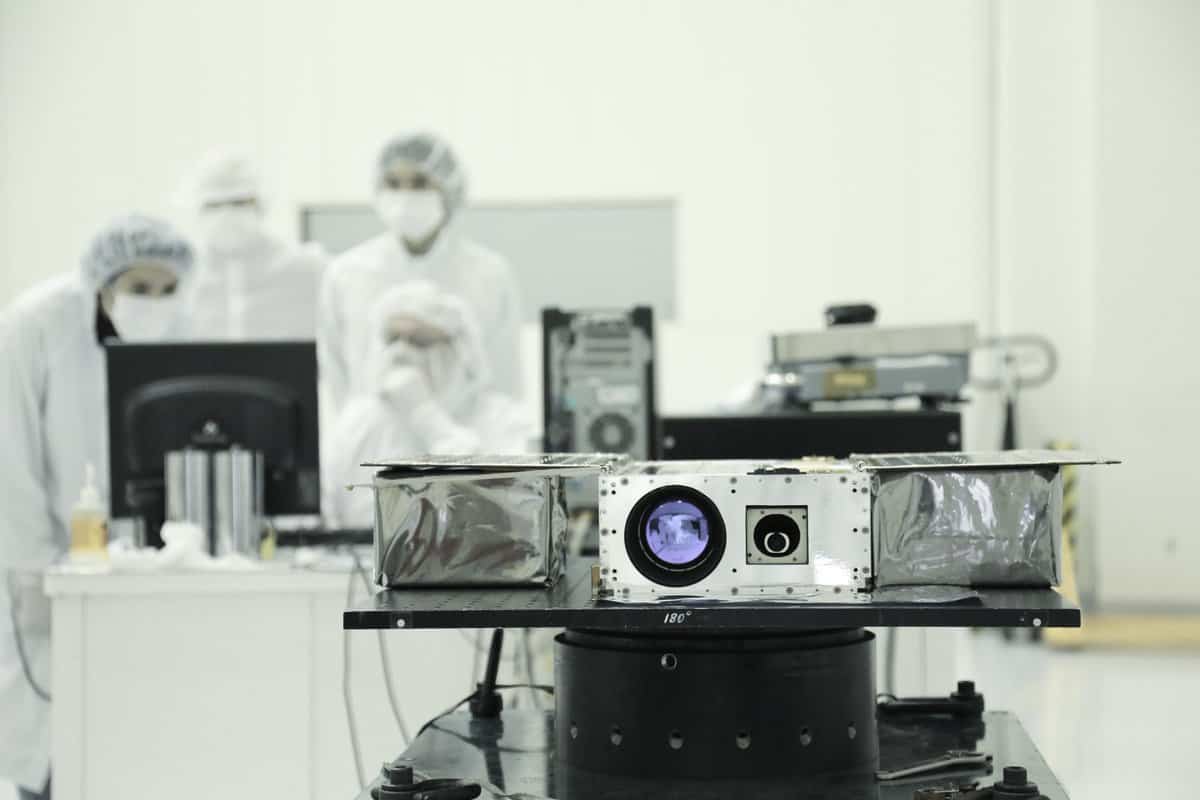
Built by MIT and NASA’s Jet Propulsion Laboratory, ASTERIA started in 2010 as an undergraduate class project in Space Systems Engineering. Having launched onboard a resupply mission to the International Space Station (ISS) in August 2017, it was deployed from the ISS in November last year. After successfully completing its initial 90-day mission, the CubeSat then observed the transit of 55 Cancri e, a previously discovered exoplanet in the orbit of the Sun-like star, 55 Cancri A. As the exoplanet passed by the star, the CubeSat’s precision photometry detected a change in brightness of around 0.04 per cent.
The ASTERIA mission was designed to demonstrate key technologies, including very stable pointing and thermal control for making extremely precise measurements of stellar brightness in a tiny satellite. Earlier this year- as part of its primary mission - ASTERIA achieved pointing stability of 0.5 arcseconds and thermal stability of 0.01 degrees Celsius. These technologies are fundamental for precision photometry - the measurement of stellar brightness over time – and enabled the CubeSat to hunt for exoplanets.
ASTERIA’s success is further evidence of the impact that small satellites can have, and the results of the mission were presented at the recent Small Satellite Conference in Logan, Utah. The project was awarded “Mission of the Year” at the conference, an award presented annually to a mission that has demonstrated a significant improvement in the capability of small satellites, which must weigh less than 150kg. Having demonstrated an ability to detect exoplanets that were already known, ASTERIA will now be deployed to hunt for undiscovered transiting exoplanets, focusing its gaze on two nearby bright stars.










McMurtry Spéirling defies gravity using fan downforce
Ground effect fans were banned from competitive motorsport from the end of the 1978 season following the introduction of Gordon Murray's Brabham...